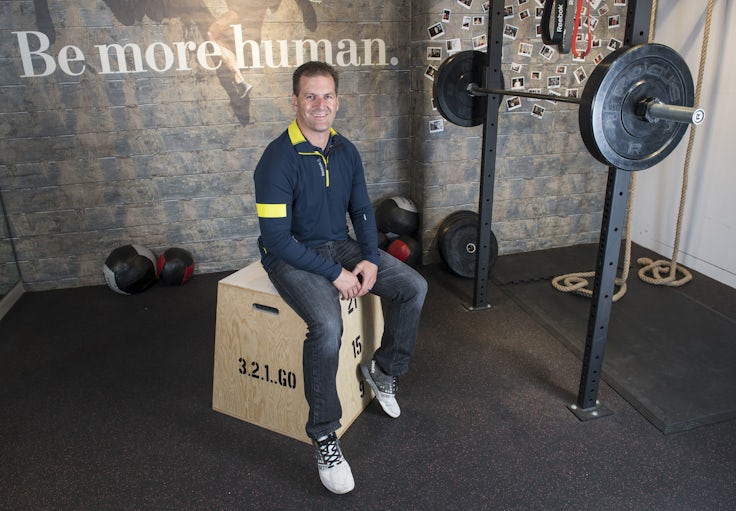Returning to work after maternity
According to Grant Thornton’s 2015 Women in Business Report, 28% of women see parenthood as a barrier to progressing at work and 40% feel their career takes a back seat to their partners once they do finally return.

As an ambitious woman returning to work after the birth of my own little boy Henry, these are statistics I am very conscious of. I’m coming back to a great, but demanding, role at Virgin as head of consumer for our new business Virgin Red.
But ‘Taking a back seat’ is not something I’d ever be comfortable with, let alone when launching a new business.
While I’ve been learning all about motherhood, I’ve also taken time during my maternity leave to set myself up for success personally and professionally. Here are 4 practical steps that I believe can make a real difference.
Step 1: Use your keep in touch days
During maternity leave, you are legally entitled to 10 paid Keep in Touch (KIT) days (or 20 days under Shared Parental Leave). Although these can be used just to pop into work to help ease your transition back and make you feel less distant, I’d suggest being more strategic.
Start by using them for catch-ups with your manager and team. These can be done by phone, so you don’t have the challenge of getting to the office with a baby or sorting childcare.
Towards the end of your maternity leave, use KIT to work on a short report or research to help your team. This will help you feel more connected, informed and engaged.
Step 2: Set-up your support structure
How you manage your childcare will be critical to your happiness at work. After all, nursery drop-offs, long commutes and busy days can leave you feeling exhausted.
Identify the people in your support network and be explicit about the help you need. I have to leave my house before Henry is awake to get to work, so I need my husband to take responsibility for the morning routine.
Think through the challenges you’re likely to face (holidays, sickness, late trains etc…) and plan now for solutions to eradicate stress later on.
Step 3: Set boundaries and share them
In order to fit in work, home and whatever else you have going on, you’re going to need to set some boundaries.
I get into work at 8am but I have to leave at 4.50pm to get my train home despite the fact the office is still full and bustling. I can no longer just say ‘yes’ to that 6pm meeting or those after work drinks. Setting boundaries and sharing them is the best way to get yourself out of a guilt trap. I’ve made my boundaries clear to my team and explained why they are important.
Don’t feel you need to apologise for them, be confident in the value you are adding and don’t look at these boundaries as limitations.
Step 4: Know where you’re going
Progressing anywhere is hard if you don’t know where you’re actually going! Take some time out during your maternity leave to think about what you want to achieve over the next 12 months and, more broadly, the direction you want to go in over the next few years. Talk this through with your manager so that your ambitions are clear and so they can support you.
Working for Virgin Management – the investment and brand licensing office at the heart of Virgin Group – means I’ve had fantastic support throughout my maternity leave as well as an enhanced benefits package.
It’s a company which prides itself on family-friendly policies such as flexible working, unlimited holiday leave and up to a year’s shared parental leave for mums and dads in order to help achieve a work/life balance. I think this makes a real difference when considering a return to work.

Helen Tupper is Head of Consumer for Virgin Red and Director of Amazing If.






